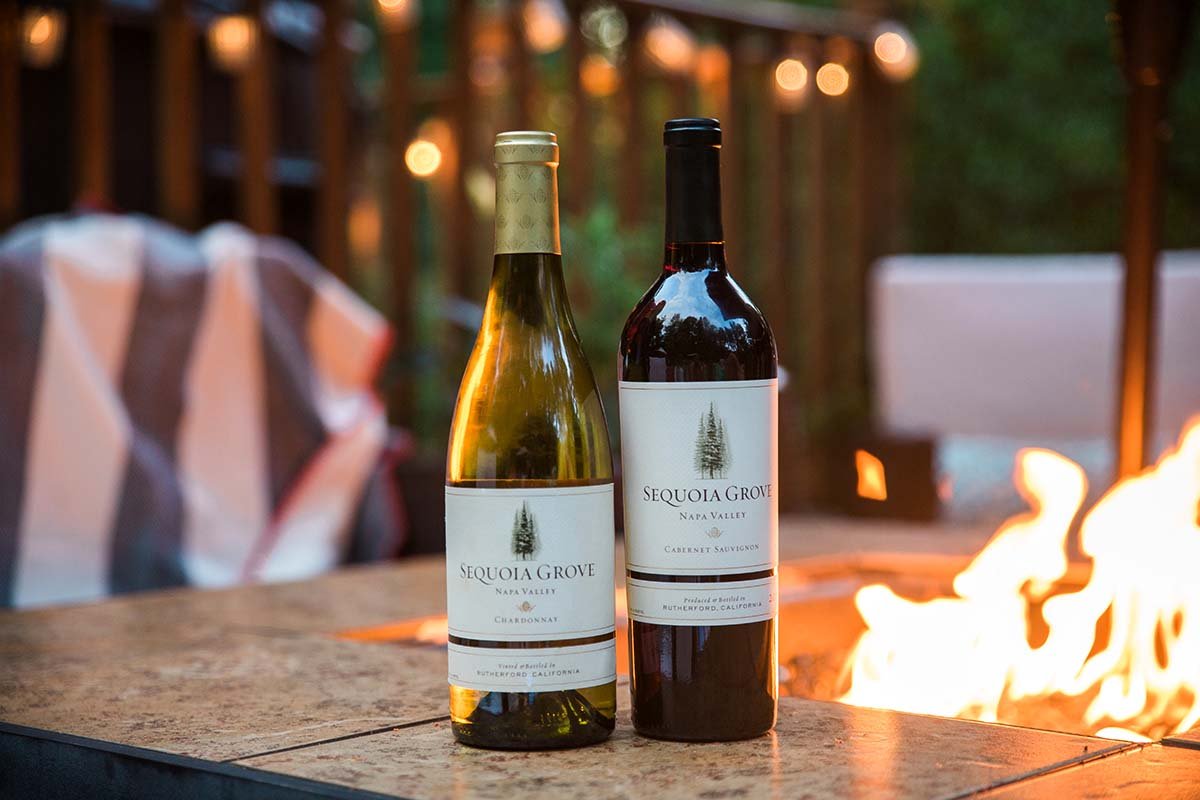When it comes to wine tasting, one of the most debated topics among enthusiasts is whether terroir can be tasted in wines from different vintages. Terroir refers to the unique combination of soil, climate, and topography that gives a wine its distinct characteristics. Some argue that terroir is not static and can change from vintage to vintage, while others believe that it is a constant element that can be detected regardless of the year the wine was produced.
In this article, we will explore the concept of terroir and its relationship with different vintages. We will delve into the factors that influence wine characteristics and discuss the arguments for and against the tasting of terroir in wines across different years. Additionally, we will examine the methods used by experts to evaluate and identify the presence of terroir in wine.
The Concept of Terroir
Terroir is a French term that encompasses the environmental factors that contribute to the unique qualities of a wine. These factors include the geology, climate, microclimate, and viticultural practices of a particular region. The combination of these elements shapes the grapes and, consequently, the resulting wine.
The soil composition plays a significant role in terroir. Different types of soil can hold varying amounts of water, minerals, and nutrients, which can greatly impact the flavor and structure of the grapes. Additionally, the climate, including temperature, rainfall, and sunlight exposure, influences how the grapes ripen and develop. The topography of the land, such as its elevation and slope, can affect the drainage and water retention of the vineyard, further influencing the wine’s character.
Can Terroir Change from Vintage to Vintage?
One argument against the tasting of terroir in wines from different vintages is the variability of weather conditions. Each year, the climate can fluctuate, resulting in differences in temperature, rainfall, and sunlight exposure. These changes can directly affect grape ripening and alter the flavor profile of the wine. Therefore, it is often suggested that the variations in vintage play a more significant role in wine differences than terroir.
Moreover, viticultural practices can change from year to year, further affecting the taste of the wine. Farmers may adjust their pruning techniques or use different fertilizers or pesticides, which can impact the grape quality and, consequently, the wine’s characteristics. These human interventions can overshadow the expression of terroir in the final product, making it difficult to discern its influence.
The Case for Terroir in Different Vintages
While the arguments against the tasting of terroir in wines from different vintages have merit, many experts maintain that the influence of terroir can still be detected despite variations in weather conditions and viticultural practices.
For starters, certain regions have established a reputation for producing wines with consistent character across vintages. The wines from Burgundy, for example, are renowned for their distinctiveness in reflecting the specific vineyards and villages where they are produced. This consistency suggests that terroir plays a role in shaping the wines’ flavors and aromas, even in the presence of fluctuating vintages.
Furthermore, some grape varieties are more resilient to weather variations and can better reflect the nuances of terroir. Pinot Noir, for instance, is known for its sensitivity to its environment and is often praised for its ability to convey the essence of the vineyard. The grape’s transparency allows for the expression of terroir, making it easier to perceive the differences in wines from various vintages.
Evaluating Terroir in Wine
Identifying terroir in wine requires a trained palate and a systematic approach. Experts employ various methods to evaluate the presence and impact of terroir in different vintages.
First and foremost, terroir can be assessed through blind tastings. Tasters are provided with wines from the same region but from different vintages, with their identities concealed. By comparing multiple vintages, they can look for common characteristics that transcend the fluctuations in weather conditions, such as specific flavors, textures, or aromas. If these similarities persist, it suggests that terroir is a significant contributor.
Soil analysis is also a valuable tool in identifying terroir. By studying the mineral content and composition of the soil in a vineyard, scientists can establish a correlation between the geological factors and the resulting wine profiles. If wines from different vintages consistently exhibit similar characteristics that align with the soil analysis, it further supports the presence of terroir.
Moreover, the use of technology, such as high-resolution mapping and satellite imagery, allows for a more in-depth analysis of vineyard variations. By studying the microclimates within a single vineyard, experts can identify subtle differences in temperature, radiation, and precipitation. This information can be used to better understand the impact of terroir on the grapes and subsequent wines.
Conclusion
The debate over whether terroir can be tasted in wines from different vintages continues to challenge wine enthusiasts and experts alike. While some argue that weather conditions and viticultural practices overshadow terroir, others maintain that it can still be detected and appreciated across inconsistent years.
Ultimately, the concept of terroir remains an essential aspect of wine appreciation and contributes to the diversity and complexity of the wine world. Whether or not terroir can be consistently tasted in wines from different vintages, there is no denying that it remains a fascinating and integral element of winemaking.
